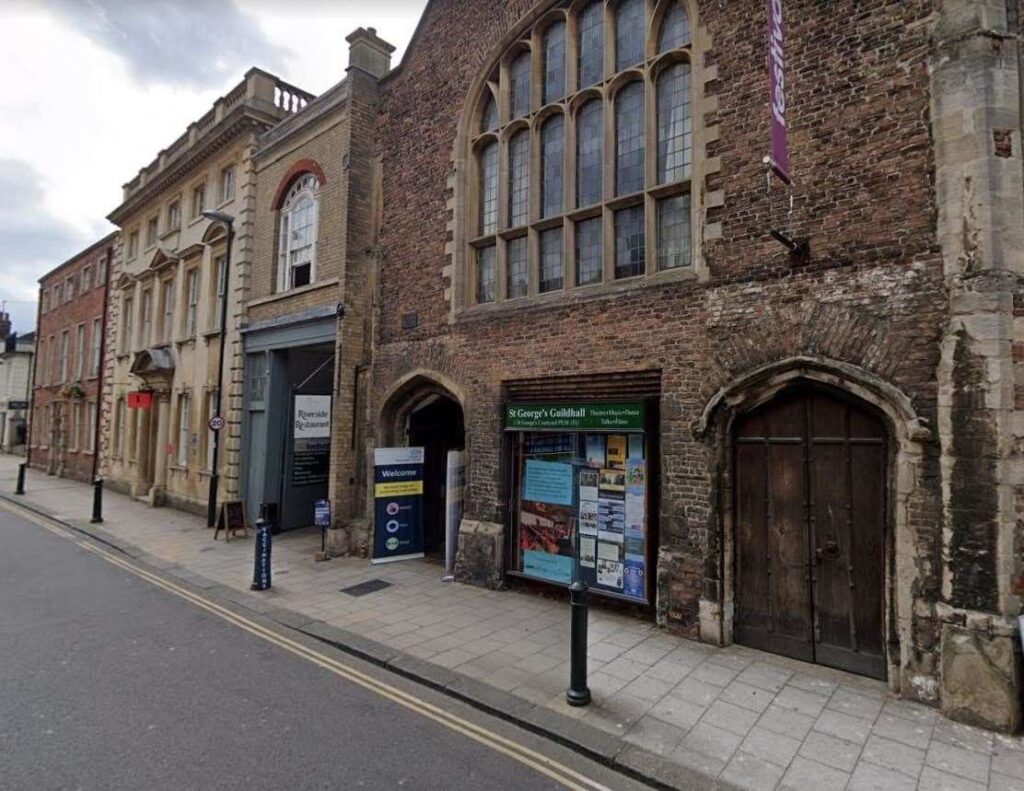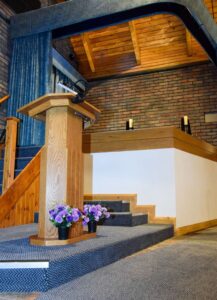The fate of the UK’s oldest working theatre is to be decided, with West Norfolk Council set to decide whether or not to borrow millions of pounds to cover the costs.
The authority is potentially about to embark on a £30million restoration of the Guildhall in Lynn that aims to restore the venue and turn it into a central cultural attraction.
In the process, it will need to borrow £16million to cover a huge gap in funds, but it hopes its link with Shakespeare will encourage philanthropists to help cover the lofty sum.
A decision will be made on Thursday evening. However, critics remain concerned it will saddle the authority with significant debt.
Built in the 1400s, it is the largest surviving guildhall in England – and investigations in recent years have found wooden floorboards which Shakespeare may have once performed on in the 16th century.
By the middle of the 20th century, the building had become derelict and under threat of demolition.
It was saved by the Penrose family, who converted it into an arts centre and later bequeathed it to the National Trust.
And now it is set to be brought up to date and incorporate a ‘Shakespeare experience’ to help attract fans of the Bard.
However, costs have now risen to £30million – far higher than the £8.1million in Government funding initially granted for the scheme.
The borough council says the project could generate £30.8million for the local economy, but this relies on estimates that 60,000 people will visit each year.
Critics worry this is too optimistic and that it may not generate the revenue it promises to.
Others fear that external backers willing to fund the project may not appear, leaving the council having to pay about £800,000 a year in interest on the borrowed £16million.
It could mean financial support for other projects in West Norfolk may not be possible due to the Guildhall’s costs.
But doing nothing also comes at huge costs as well, as the council is liable for its upkeep.






